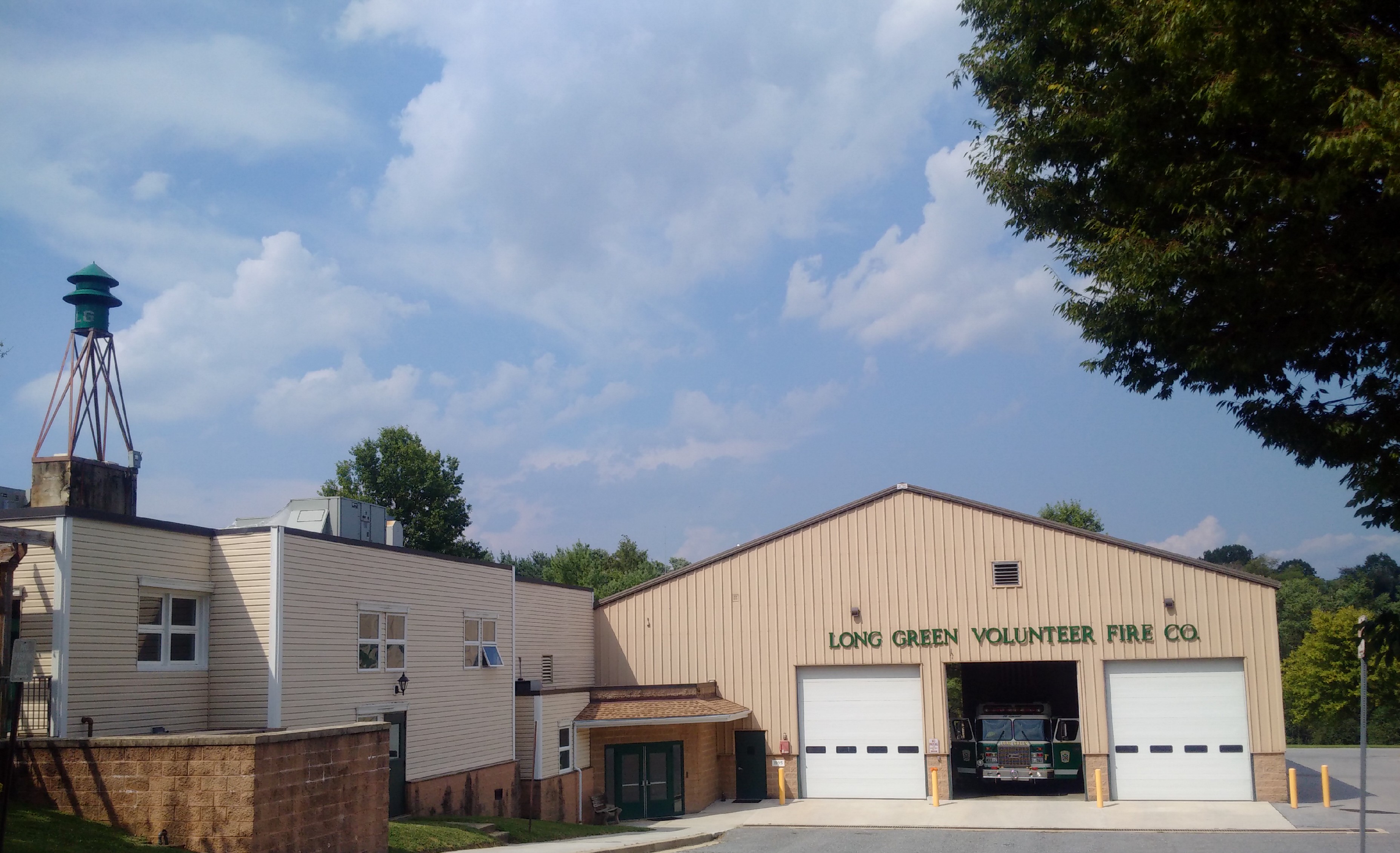Long Green, Maryland on:
[Wikipedia]
[Google]
[Amazon]
 Long Green is an
Long Green is an  One of the oldest buildings in Long Green is the Wilson United Methodist Church, built in 1892 in the
One of the oldest buildings in Long Green is the Wilson United Methodist Church, built in 1892 in the
 Long Green is an
Long Green is an unincorporated community
An unincorporated area is a region that is not governed by a local municipal corporation. Widespread unincorporated communities and areas are a distinguishing feature of the United States and Canada. Most other countries of the world either have ...
in Baltimore County
Baltimore County ( , locally: or ) is the third-most populous county in the U.S. state of Maryland and is part of the Baltimore metropolitan area. Baltimore County (which partially surrounds, though does not include, the independent City of ...
, Maryland
Maryland ( ) is a state in the Mid-Atlantic region of the United States. It shares borders with Virginia, West Virginia, and the District of Columbia to its south and west; Pennsylvania to its north; and Delaware and the Atlantic Ocean to ...
, United States. Until 1958, the community was served by the Maryland and Pennsylvania Railroad
The Maryland and Pennsylvania Railroad , familiarly known as the "Ma and Pa", was an American short-line railroad between York and Hanover, Pennsylvania, formerly operating passenger and freight trains on its original line between York and Balt ...
at milepost 15.8. Prospect Hill was listed on the National Register of Historic Places
The National Register of Historic Places (NRHP) is the United States federal government's official list of districts, sites, buildings, structures and objects deemed worthy of preservation for their historical significance or "great artistic v ...
in 1973.
Long Green was once home to an Amish
The Amish (; pdc, Amisch; german: link=no, Amische), formally the Old Order Amish, are a group of traditionalist Anabaptist Christian church fellowships with Swiss German and Alsatian origins. They are closely related to Mennonite churc ...
community. The Amish community in Long Green was founded in 1833 and lasted for 120 years, before disappearing in the 1950s. The community was founded by Lancaster County Amish, but few settlers moved to the area because Maryland was a slave state at the time. Few Amish people crossed the Mason–Dixon line
The Mason–Dixon line, also called the Mason and Dixon line or Mason's and Dixon's line, is a demarcation line separating four U.S. states, forming part of the borders of Pennsylvania, Maryland, Delaware, and West Virginia (part of Virginia ...
, due to the Amish opposition to slavery. An Amish meetinghouse was constructed in 1899, but the community never grew large. The community dwindled in size over time, with the last Amish person dying in 1953.
 One of the oldest buildings in Long Green is the Wilson United Methodist Church, built in 1892 in the
One of the oldest buildings in Long Green is the Wilson United Methodist Church, built in 1892 in the Gothic Revival
Gothic Revival (also referred to as Victorian Gothic, neo-Gothic, or Gothick) is an architectural movement that began in the late 1740s in England. The movement gained momentum and expanded in the first half of the 19th century, as increasingly ...
style. A previous Methodist meeting house was built in 1839 on land donated by George Wilson, for whom the present church is named. In 1787, noted Methodist leader Francis Asbury
Francis Asbury (August 20 or 21, 1745 – March 31, 1816) was one of the first two bishops of the Methodist Episcopal Church in the United States. During his 45 years in the colonies and the newly independent United States, he devoted his life to ...
preached in the Long Green farmhouse of Wilson's great-uncle. The church's cemetery dates back to the 1850s.
References
Amish in Maryland Unincorporated communities in Baltimore County, Maryland Unincorporated communities in Maryland {{BaltimoreCountyMD-geo-stub